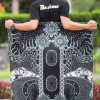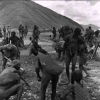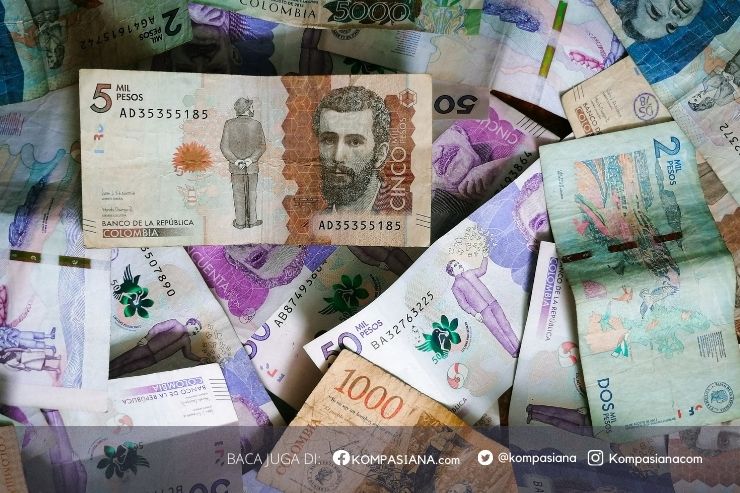Indonesia belongs to a developing country. This can be proven from statistical data by Asian Development Bank that, 10.9% of the Indonesian population lives below the poverty lines (www.adb.org).
One of the problems faced by developing country is the high level of poverty. According to BPS, poverty is inability from economic side to satisfy basic needs like food and non-food which is measured from the expenditure side (www.papua.bps.go.id).
In expenditure side, The World Bank generates two poverty lines, $ 3.20 per day for developing countries and $ 5.50 per day for developed countries (data.worldbank.org).
Indonesia has an average individual income of $ 2 per day (Malak, 2013). In Indonesia, Papua is a province with high level of poverty. BPS set in 2015, the percentage of poor society in Papua is 22.04%. Meanwhile, the percentage of the poor nationwide is 11.22% (Malak, 2013). This is caused by various factors. First, the failure of OTSUS (Otonomi Khusus Papua) since 2001 to formulate development in Papua.
Then, widespread populations of Papua are difficult to be reached (Malak, 2013). In this essay, I will discuss the reasons of the government's effort is not significant to change the poverty in Papua.
Implementation of OTSUS (Otonomi Khusus) in Papua does not bring significant changes in Indonesia. This movement aims to improve prosperity condition of Papua and decrease separatism by OPM.
After OTSUS, IPM ( Indeks Pembangunan Manusia ) of Papua is categorized as "Development Middle-Lower Human" with the value of 65.36 which Unit Nations set a default of 55.00-66.00 for this rate. It does not mean OTSUS fail to implement the programs ,but it's not comparable with the budget from the government. It happens because the implementation of OTSUS tends to be modern-oriented. While, it is not suitable with the human resources of Papua.
Because of that, they need to be controlled. Their society is considered as homogeneous and not creative. Meanwhile, Papua is hard to accept influences by outsiders. For the government, that characteristic of Papua became an obstacle in the implementation of OTSUS. Thus, if the government is able to observe the important point, OTSUS can bring a lot of changes for Papua.
Native Papua have habitation that are difficult to reach. Based on research conducted by BPS, There are 55% population of non-papuans and 45% population of Papuans at centre of the city.
Meanwhile in the rural area, there are 95% population of Papuans and 5% are not. If we observe the data, we can not assume the recepients of educational facilities are native papuans, because Papua has a large area that not not proprtional with its population. It is difficult for Government to spread the infrasructure evenly, especially in rural areas.
Papuans are subsiten society in which they satisfy their basic needs depend on nature. Papuans prefer to settle in rural area and contigous with nature than work for other parties.










